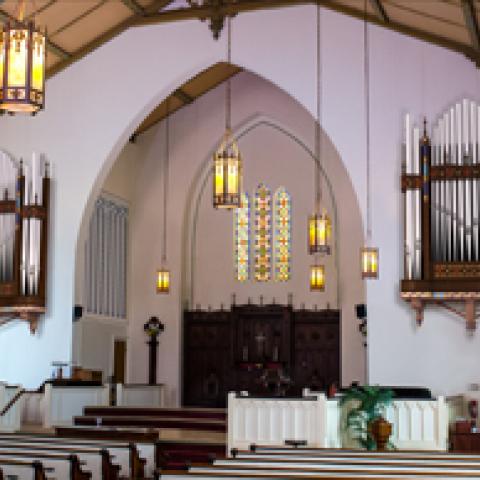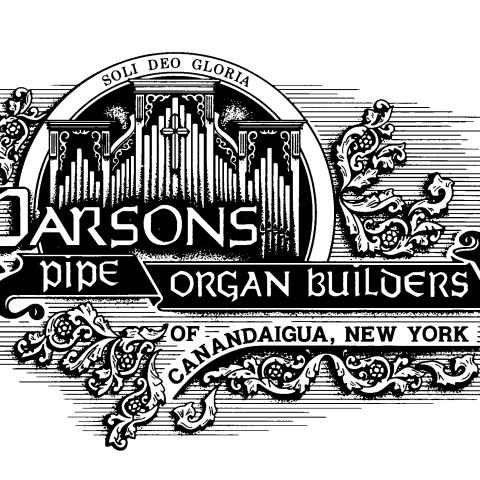
Parsons Pipe Organ Builders of Canandaigua, New York, will host an Open House on Sunday, April 10, 2016, from 1–4 pm.
The Margaret L Wendt Memorial Pipe Organ at Holy Trinity Lutheran Church, Buffalo, NY, consists of a total of 152 ranks located on both sides of the chancel and in the rear gallery. This organ project has been divided into three phases. Phase One includes a complete mechanical replacement and tonal refurbishing of the Chancel, Great, Swell, Choir, Positive and Pedal divisions, and minor reconfiguration of the Grand Choir and Solo divisions. Phase One addresses 86 of the organ’s 152 ranks and accounts for a total of 4,900 pipes.
The five-manual chancel console has been completely refurbished and includes new keyboards, manual pistons and solid-state components for the entire instrument. Phases Two and Three, when funded, will include the completion of the Grand Choir and Solo divisions, and refurbishing of the divisions of the organ located in the gallery.
For information: 585/229-5888, www.parsonsorgans.com.





